-
Posts
5,798 -
Joined
-
Last visited
Content Type
Profiles
Forums
Articles
Gallery
Downloads
Events
Posts posted by jlpservicesinc
-
-
2 hours ago, ThomasPowers said:
One issue with historical replication is that we are accustomed to a different level of surface finishes nowadays. We are also accustomed to museum pieces that show centuries of patination.
I agree if that is what you are trying to accomplish..
If you are one who" Is into making items that can be represented as " having the right patination" for a given era. or wear and selling the items as originals or reproductions. More power to you. Same with Textured finishes, etc, etc..
It becomes what the person whom made the item is looking to do.. If you go to my pictures page you will see many different finishes from filed, to raw, to waxed, to oiled to polished.. some latches got nothing nor ever touched with a file.. Where back in the good old days latches were nearly always finished with file..
If you look at any items from the time frames(1550-1940's) I generally have interest in.. The finish work was superb, dropped off on a larger scale closer to modern MFG times.... Surgical tools, saws, hand saws, draw knives.. Anvils, vises, etc, etc..
My point was/is.. ideally it comes down to how you feel about what it is you are making and the level of finish.. I feel much like Yellin.. I strive for perfection in each and every thing I make.. It's what keeps me in search of refining my skill set.. As my skills get better so does speed.. So does capability in size of materials being worked up to a certain limit..
If someone is simply happy with the progress they have achieved then more power to them.. I have never been a fan of textured finishes,, Yet they have there place in modern design.. I've seen many outstanding modern produced artistic items.. A delight to see.. But it's not my thing.. Then again.. I would consider myself more a trades smith then an artist.. Beauty in functionality to me is outstanding.. My goal is to be the best Blacksmith I can be.. My work will eventually show that.. I figure I have another 30year..
When to stop working on an item is when you no longer need to.

-
I was reading in a recent mag where Yellin in an interview said something in line with this discussion.. (all paraphrased) He was asked something like" How do you know when something is done/finished"
He answered the question " Something is finished when it no longer needed to have anything done to make it complete".. Other than that it is " A work in progress"
He then went on to say" A smith who has achieved the level to know when it is completed, also amougnst his peers" is a smith worth having..
A smith who believes his work is finished but still shows it needing further work or refinement should not call it finished " But a work in progress"..
I find this to be true.. When I make something I always know where the flaws are or where something could be done better.. This ideology of Yellin has plagued me since the day I picked up the hammer.. When I work for money sometimes it becomes " I will work the item till I can't afford to lose any more money" and it's "good enough" and no one will know but me..
Then there is the stuff I make with love or spirit.. An there is no such thing as " good enough",, and the money (since there is none") doesn't matter. These are those rare days where I am willing to open my cosmic chakras and to make or produce or refine till it no longer "needs" anything from me.. ( head nodding)
Now that I don't work for money per say.. "I do take on jobs but only the jobs I want" If I start out and it's not going the way I want.. I will throw it in the scrap bin.. Ah, here is the kicker.. Now after 30+ years of doing this.. I know right away what kind of day it will be at the forge, I know it from the moment I take the first hammer swing.. I also know how to fix it..
 And change that day..
And change that day..
I also know now that I can do better.. LOL.. It's funny because I used to be pretty good.. But now I have the potential to be even better. Just not as fast....
So, we keep talking about when is it good enough..
Well the real question to me is " What flaws are acceptable" Is a cold shut acceptable? Is a hammer mark acceptable? Is a line being out of place compared to all the rest acceptable? I find now that after all this time.. things are less acceptable because I understand the potential for the item not " Needing" anything from me.. " Then it is finished"..
-
1 hour ago, Bad Creek Blacksmith said:
Thank you, saw that the further I scrolled down and saw your other posts. Now I feel like a newby.
Hey, I don't want it to be to easy..
 1 hour ago, JHCC said:
1 hour ago, JHCC said:Thanks JHCC.
-
1 hour ago, Wroughton said:
I buy screen (they call it "mesh")from Edward Darby & Son. Order by the wire diameter and then the size of the opening in the mesh. Don't know the wire size but the opening looks to be 1/8". I sometimes go as large as 1/4" opening with larger wire.
20 years ago finding the right stuff for fireplace screens was a night mare around here.. Thanks for the info..
-
6 hours ago, Wroughton said:
Slit and drifted with copper upset in the opening.
I like your bazillion handles also

I really like the design aspect... Nicely executed.. Where did you order the fireplace screening from? What did you ask for?
-
8 hours ago, Wroughton said:
Pulls from left overs. Failed bottle openers that I had way to much fun working over the horn to the point that the opening was too large for a bottle.
Copper and Iron fire place tool handles.
I really like the copper inlay work..
-
Here are a few more..
1 minute ago, Glenn said:Nice assortment of designs. You seem to have a handle on things (grin)
Not sure how much you want me to load this thread up with. There must be 50 different designs in the archives..
And Yes, LOL.. I do have a handle on a lot of things..

Hot rasp handle, White oak, wrought iron furrell..
-
-
14 hours ago, Frank Turley said:
Lookin' good.
Thanks Frank.. Very nice of you to say..
5 hours ago, ausfire said:Yep, very classy. What sort of steel?
Thanks.. IIRC 1018 CR 1/4X5/8X11 and 1/8X1.5 x 4.5" All material or "roughly for length.. In all the videos materials are listed.. I've got a memory like a sieve.. I keep meaning to include forge times but forget..
-
Pictures are worth a thousand words anytime iron work is involved..
-
Not an anvil but a stand... this came out of a cutting die shop that was incorporated in 1847..
The shop closed its doors 3 years ago due to a family dispute and the company was divided between 2 people...
All the equipment was given to 1 person and the building to the other.. the person who owns the building told the other person to get the equipment out or he'd throw it out.. the person had 2 weeks to remove 2 power hammers and 20 anvils on stands, 4 forges and several thousand stake anvils..
I missed out on the forges and power hammers as I was retired then. But when I started to get active again I bought a 198lbs HB mounted on this stand..
The point was/is. They had bought all the equipment brand new.. Lots of the anvils were custom ordered.so many of the anvils don't have standard shapes/ sizes.. all the stands I had seen were composite stands with sockets for stake anvils.. and the anvils were bolted on with leather pads between the block and anvils..
Most all the dies were bent cold... with some hot work... so you can see damage on the anvils consistent with the cold work..
Nearly all 6 of the HB anvils had broken tails at the Hardie hole, one had part of the face plate removed from where it delaminated.. the Peter wright anvils faired very well and out of 4 there was little damage.. but the PW anvils were short Like the colonial pattern.. where as the HB anvils were longer then normal.
There were only 2 HB anvils with no damage on the tails.. one was a 230lbs that was a very short old style HB and the 198Hb which I bought.. the face is only 4" wide and the feet are huge compared to any other HB anvils I have ever seen..
-
A ball bearing 1/4" and larger will work just fine.. 1" or bigger just looks cooler...
Ask any garage/Auto repair place if they have any bad axles in the scrap pile.. you will end up having to deal with a greasy mess but turn the CV joint past 90 and you can usually pluck out the bearing.
-
That's beauty.. Farriers model? Dual pritchel holes?
-
-
Latest one on forging a spoon to match the fork.. Each video is part of a series.. This series will be a spoon, fork, knife and holder..
-
one other thing.. I started to look at all items made before like 1940's.. All forged stuff that is and then tried to apply the same level of finish.. 99% of the items are beautifully finished.. Hammers, tongs, axes, Etc, etc, Hand saws.. Wow..
-
Back in my much younger days as a starting out smith.. Because I had no examples of work around me i didn't know how to judge what was good work or not..
I started out making knives and swords an things of that nature so had examples of factory finished knives to compare to.. Not being hand made it was a bad comparasion..
fast forwards 6 years, and many knives, swords and such later.. STill only factory stuff to compare to..
A person I was working for doing carpentry ( I was 15) he knew I was forging knives and he asked if I could make a thumb latch for him.. He handed me a copy of an Acorn latch..
I went home and hours later I came out with this.. It was hideous.. I just didn't have a reference and really a lack of skill in regards to really forging metal.. Knives were easy, Sq make flat, round, make flat.. Mind you there are curves and such but there was no forging metal only sideways..
The guy was not impressed.. LOL.. Nor was I.. My thinking I had a skill set worth a salt was devastated.. It became my goal to be able to forge a latch, or hinge or anything there was.. The chase/game was on..
I started to try to find any old hardware I could.. I also started to look for any reference books or instructional materials on making hardware.. I found none that showed me what I wanted to know.. How in the smiling face does one do this stuff..
I started to forge any chance I had.. I had no car. little money and would spend any money I did have on coal, My first 2 years of really forging I had built and destroyed 5 forges..
Only to finally be able to come up with enough money for a Centaur firepot and was able to put together enough money for some cinder blocks.. A friend of the family his father was a blacksmith and I borrowed his Buffalo silent 200.. and I finally had a real forge, a real anvil and a lot of time on my hands..
so, 10-12hrs a day I would just practice.. Read the old blacksmithing books and practice.. Day in, day out.. 6-7 days a week..
So, on the side note I started to find hardware at flea markets, old houses, and then bought Early American Wrought iron.. I started to try to match what I had seen in the book..
Eventually it took hold.. By 17 I was smithing full time...
Anyhow, Of note and what was instrumental to "know when enough was enough" with hammer and anvil is/was.. 10minutes at the forge is 1hr at the bench..
The ideal from the old smiths was/is "It should look factory made" Not hand made or cobbled together.. Quality speaks for itself..
Shakers Believed " Hands and hearts up to GOD".. Each piece was made and finished to the 99999'sssss..
A textured surface was considered a non finished piece or poorly skilled smith.. LOL..
So, a forged piece will have a softness to it.. The edges will be slightly soft, well defined lines by still slightly soft.. will be pleasing to the eye but not overly so.. it should be finished accordance to what it will be used for.. When I say finished I mean forged.. filing and grinding are a minimum. The piece should almost raise the question whether it was machine made or made by hand.. Yet someone in the know will know it's made by hand and wonder how it was completed..
-
21 minutes ago, Meridianfrost said:
LMAO!!!!! YOU know how much I paid for this anvil! I can't wait to put it to use. For the record, I have given my new HB a name, and that name is Orion.
It was a joke all the way.. Sorry if the sarcasm was lost.. But I think you caught it.. I like it Orion.. That is so awesome. Can't wait to see the stuff you make on it..
-
Ah, he paid to much.. !!!!!!! LOL..
 Who said that.. Yes, that is a great anvil.. Maybe it's a boy anvil vs a girl?? My new anvil is a Mr.. Mr Peddy.. to be exact..
Who said that.. Yes, that is a great anvil.. Maybe it's a boy anvil vs a girl?? My new anvil is a Mr.. Mr Peddy.. to be exact..
-
If they were vintage pitch forks,, 2 or 3 tine (3 tine were rare on small farms) then they most certainly were hardened and heat treated..
A vintage 2 tine pitch fork in the normalized state will twist up like a pretzel in use.. (I have made vintage 2 tine types for moving loose hay) They have to be hardened and then a peacock or purple temper.. Just like a spring.. As a bragging rights kind of thing.. It was said who ever could make a pitchfork to the exact pattern, model, thickness.. etc, etc.. And the 2 tines would bend to touch and then spring back with no distortion was consider a master/ workman of the day..
Oil quench then smoke off should work great..
Real question is.. What kind of pitch fork? They only made 200 different kinds.. Thus a picture would help pin point the right way to solve the problem..
-
12 hours ago, JT said:
I bought it from a retailer in Austria .. I got it added to a large shipment coming over so I got a much better deal on shipping. all in all still much cheaper then I could have ever gotten one this size here.. about $3.80 a lb. JT
That's excellent.. Looking forwards to you getting it up and running.. Are you going to start a separate thread? I'd certainly like to know more..
-
I have been finding time and time again I wish there was a thumbs up button..
-
You just missed the NEB anvil repair day...
What make anvil and pictures would really help...
-
Nice few more pictures in better light would be nice for the HB fans...

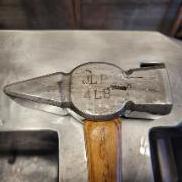
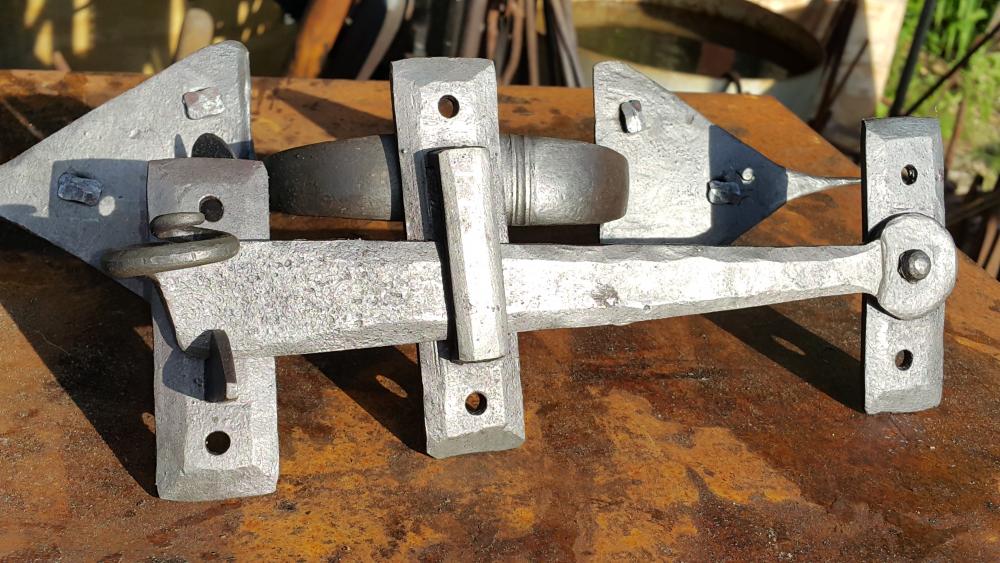
.png.612b9c4c0dfb6aac527a0cc30a992121.png)
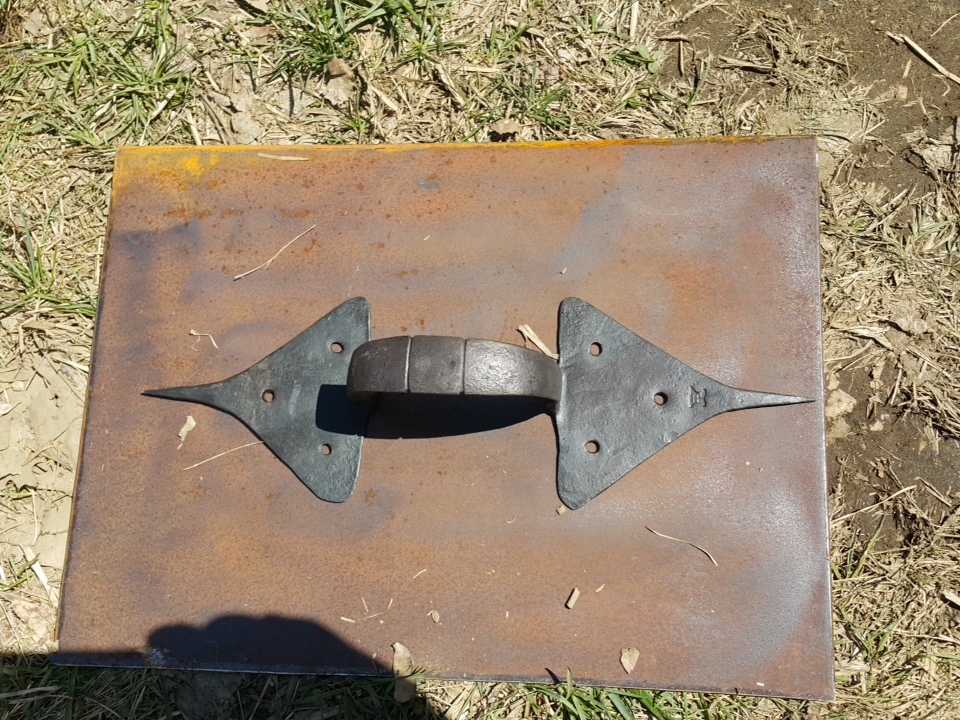
.png.ba90f719e86bb75478b56f82186190a0.png)
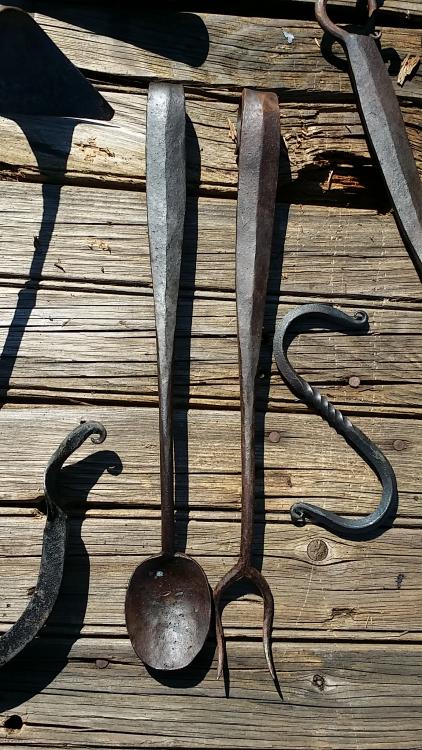
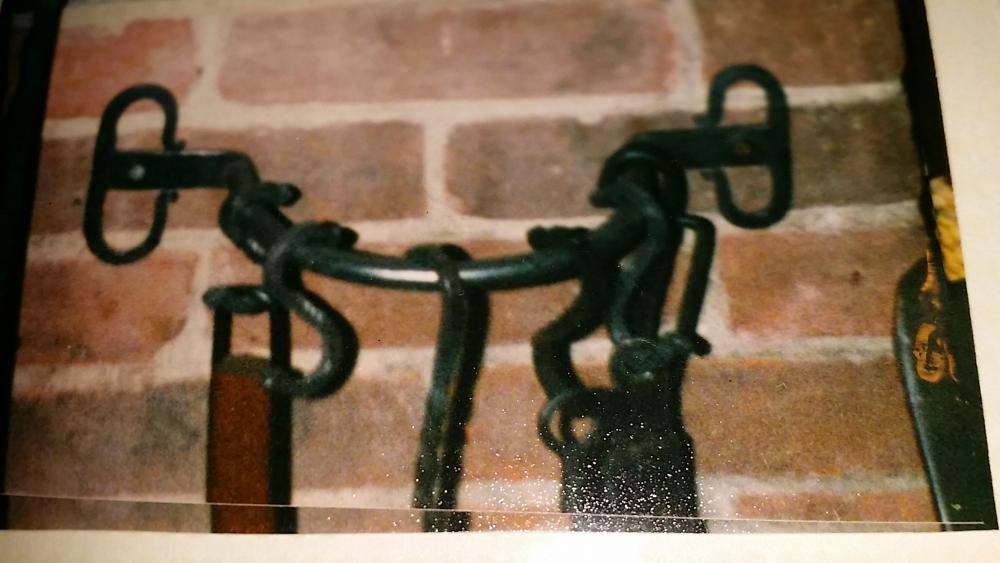
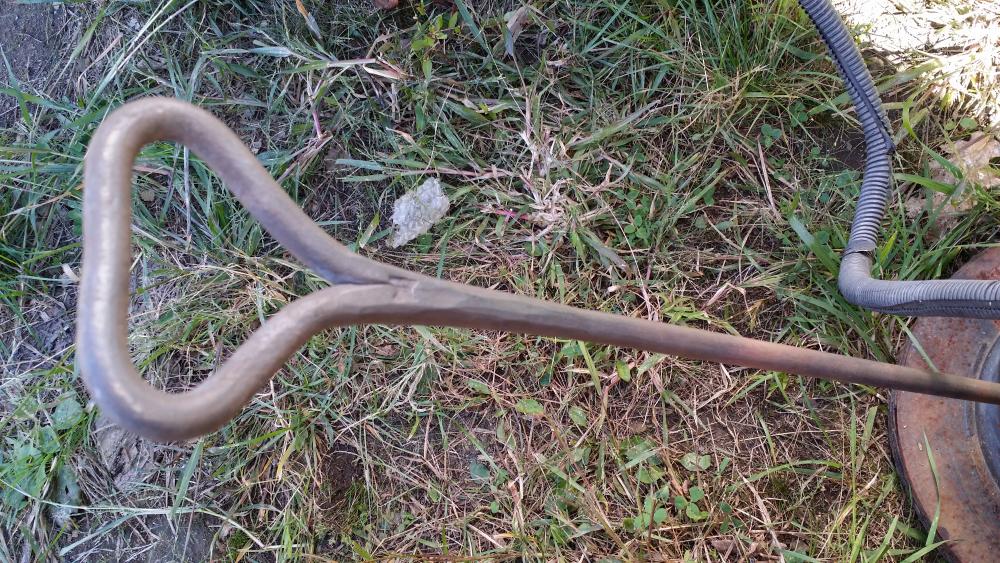
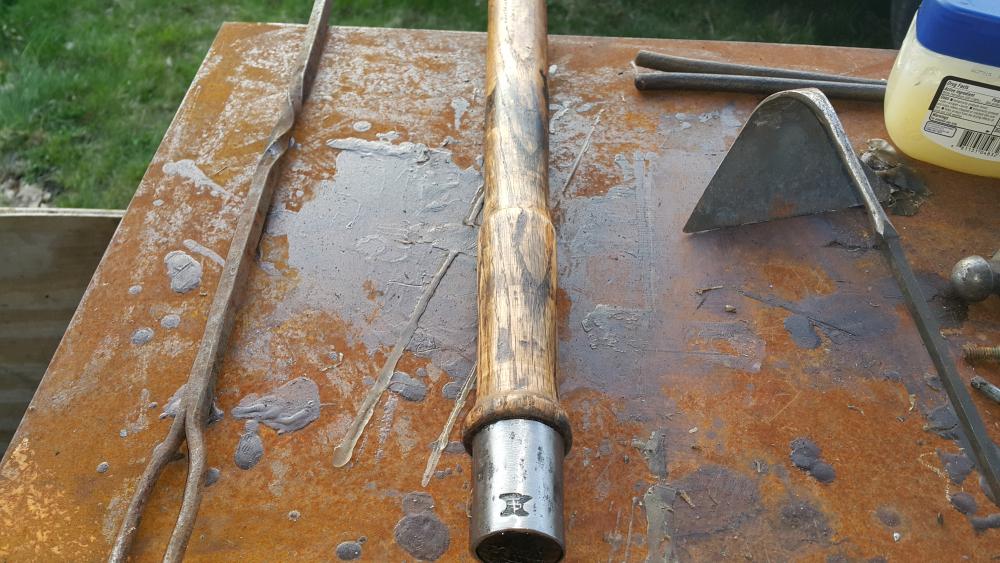
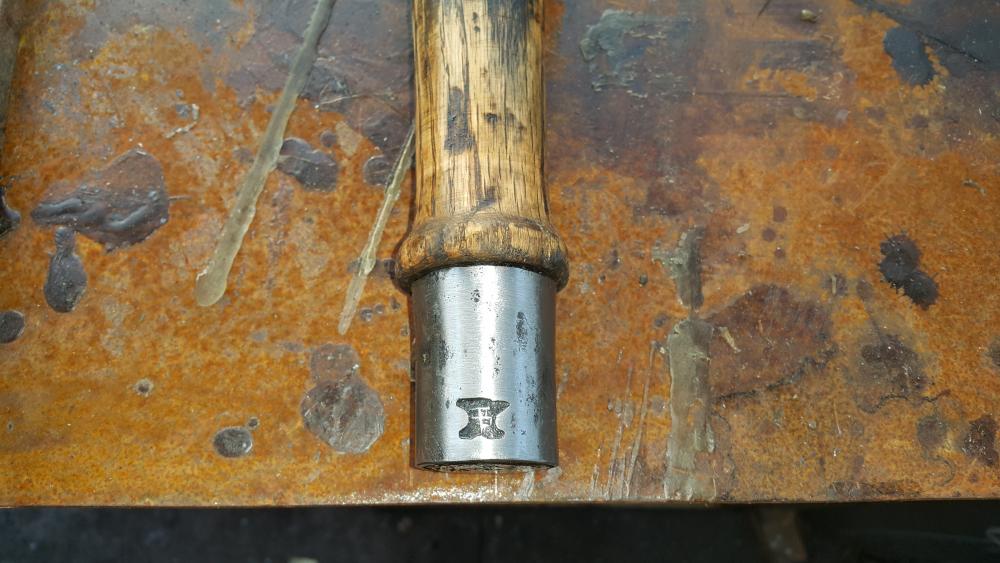
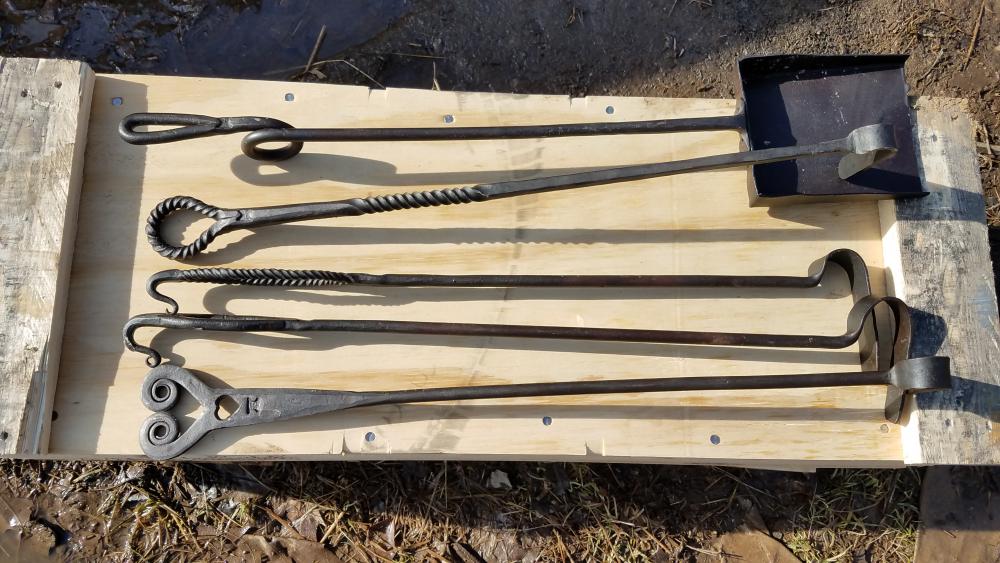
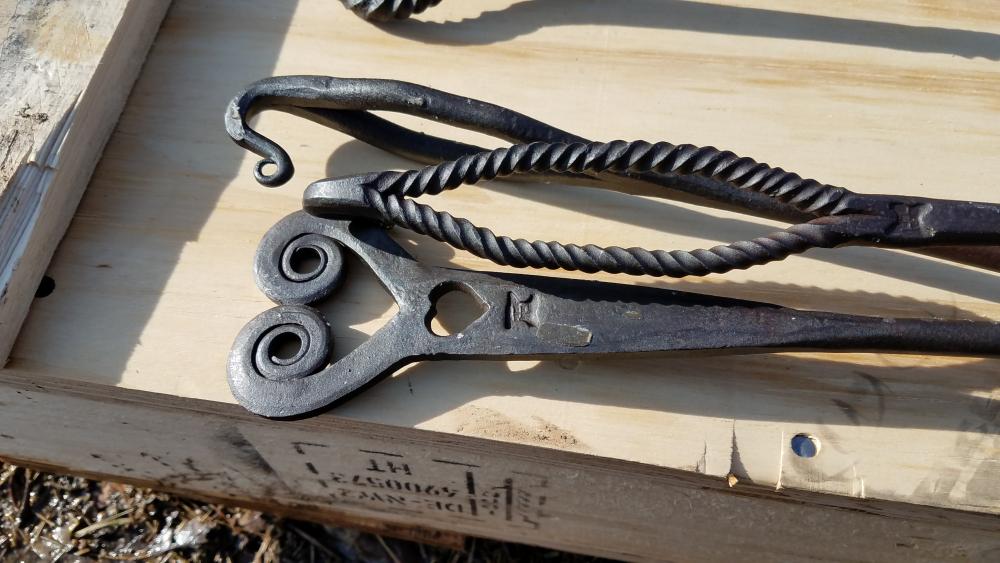
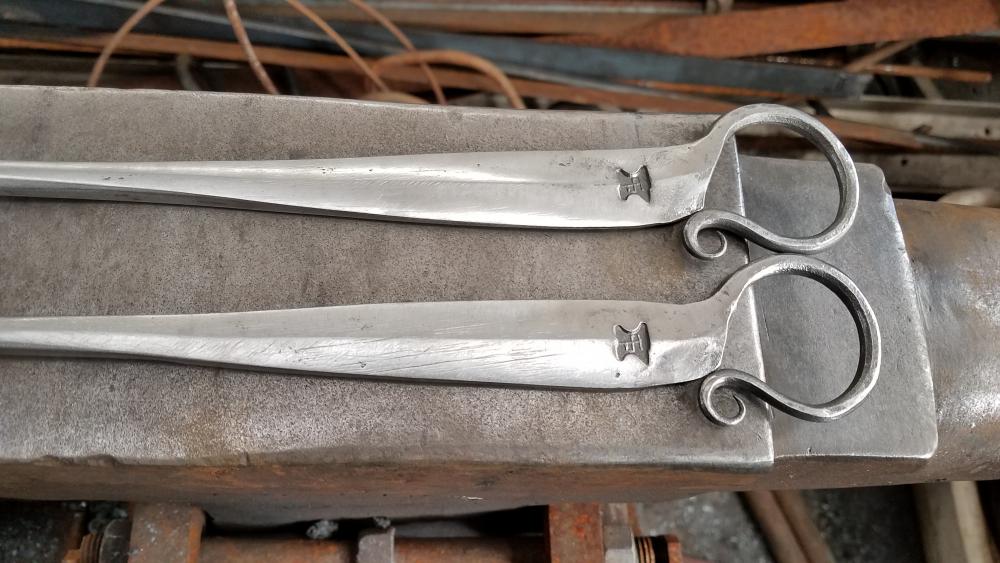
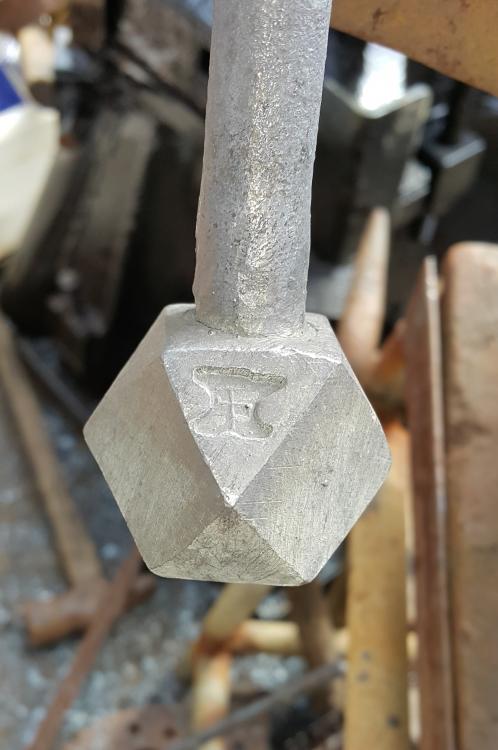
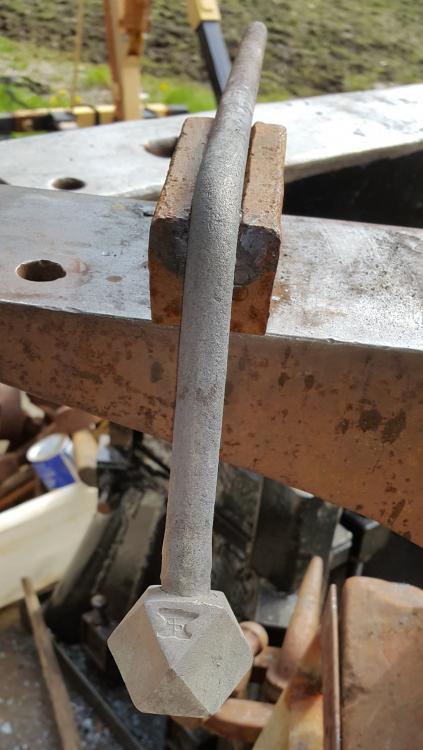
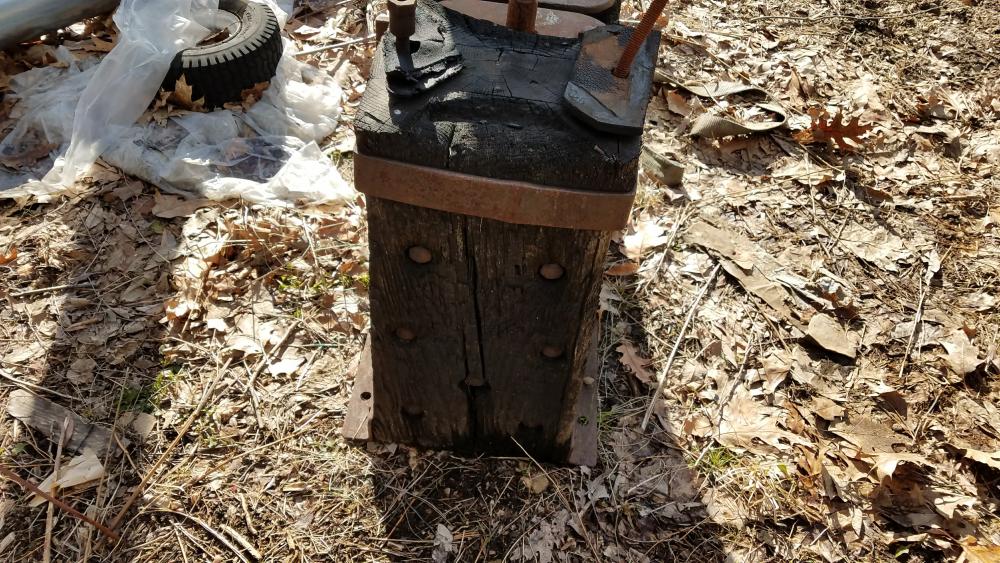
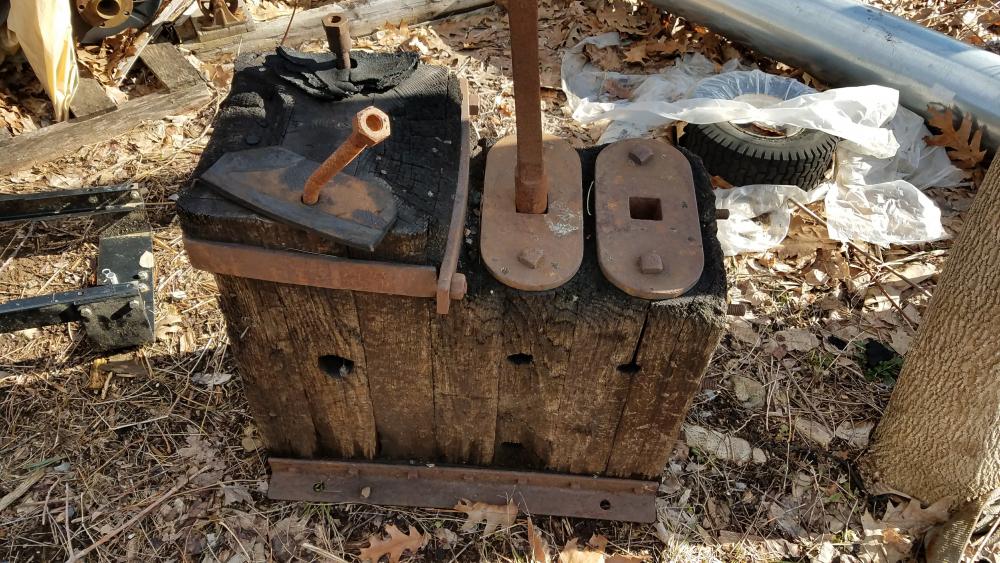
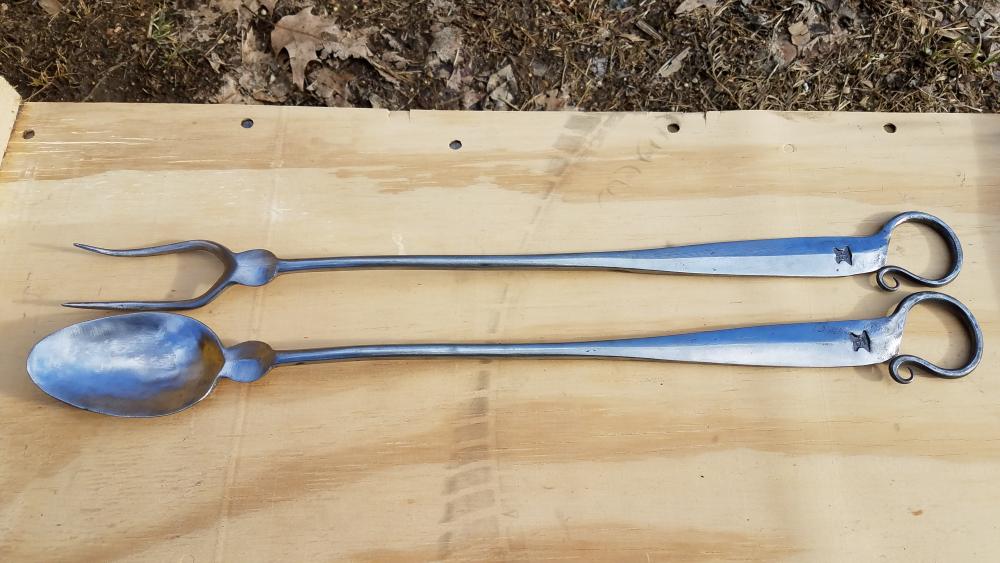
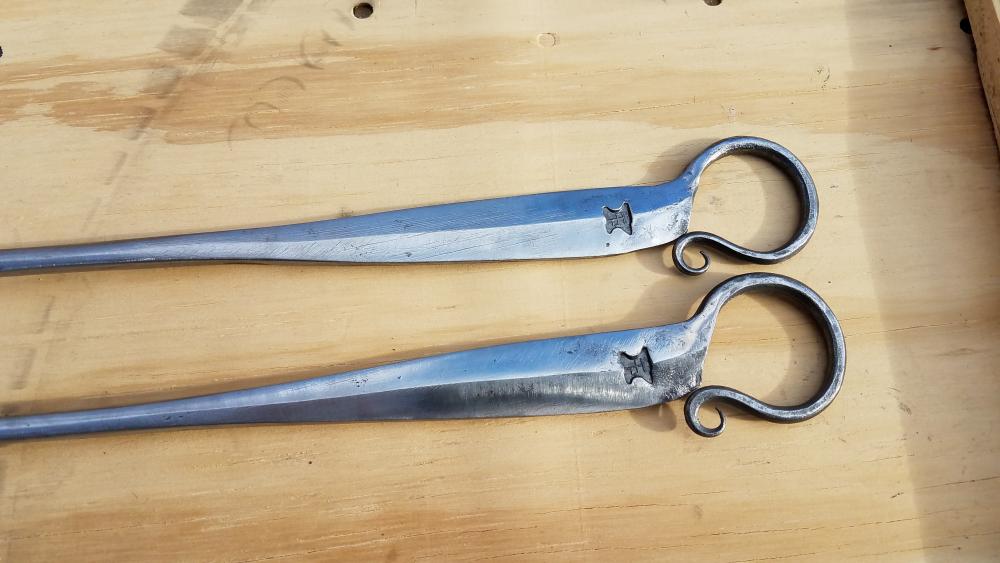
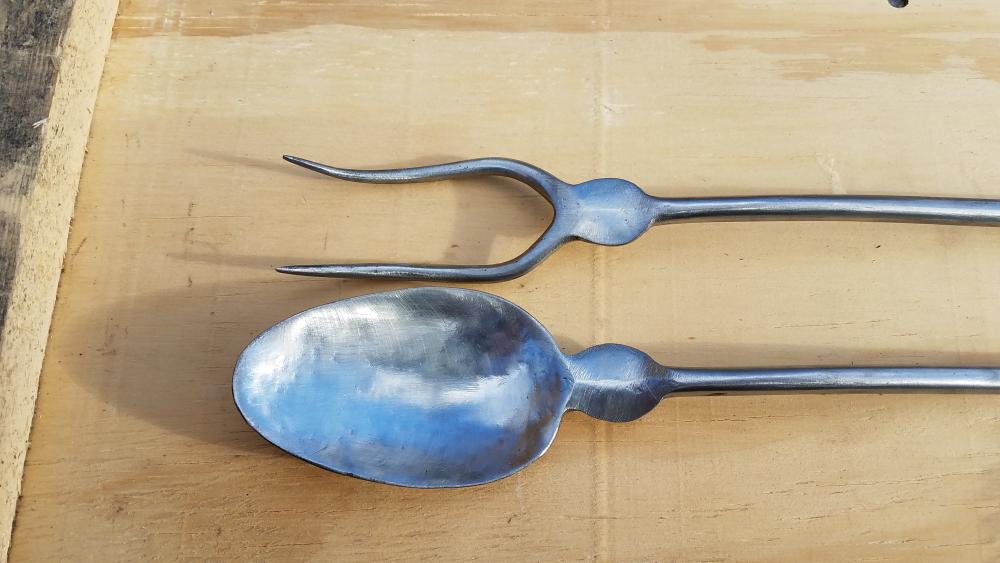
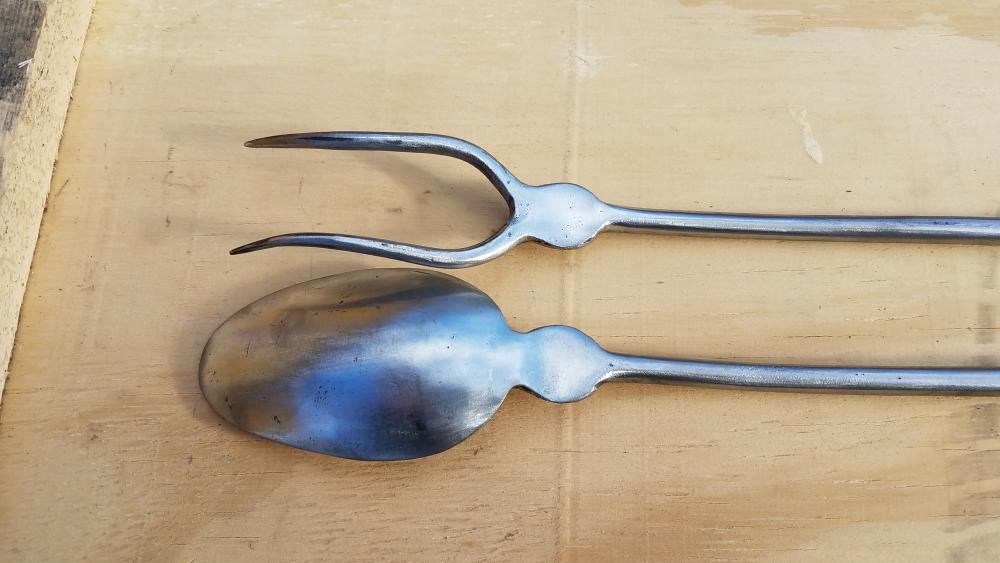
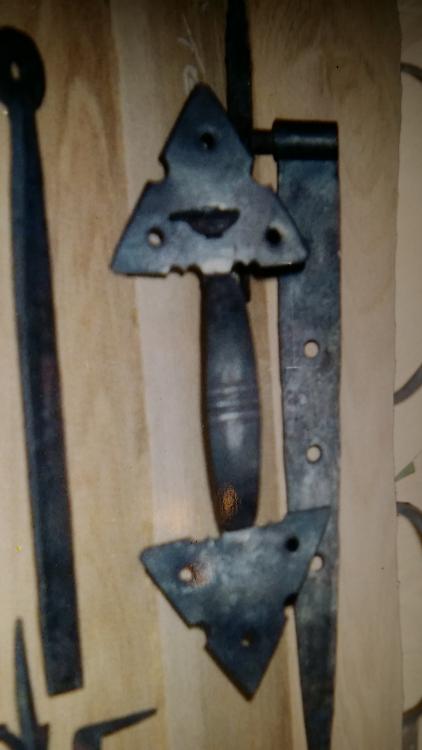
.png.a159957b3829cf5d7bba0d2afa497f34.png)
Forging large Circles HELP
in Blacksmithing, General Discussion
Posted
Yes, nice piece of work..